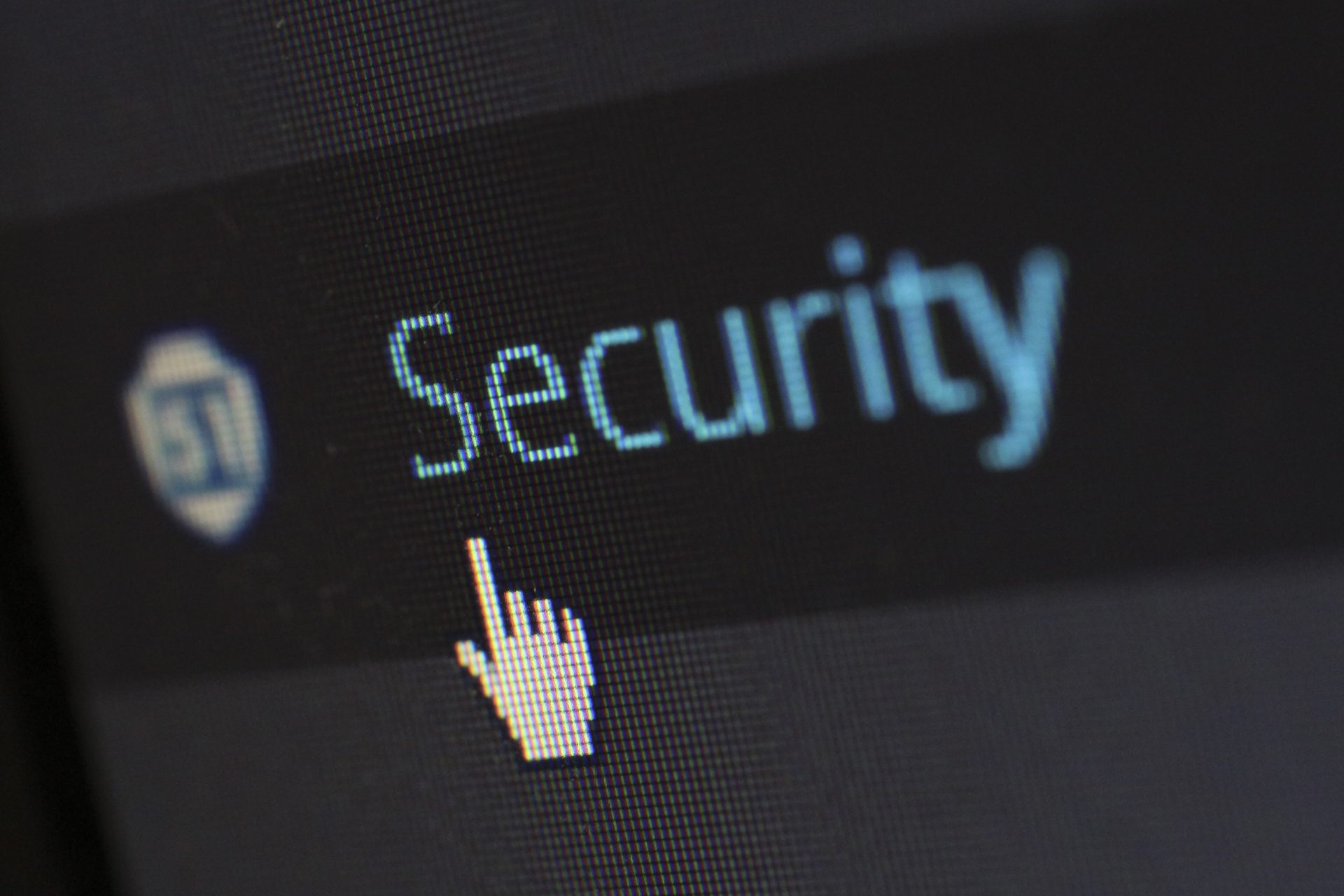A question I get asked frequently is “which anti-virus should I use?”
There are so many anti-virus (A/V) software suites to choose from, and each is more expensive than the other. Plus, you see ads for them all the time, each one claiming they protect you more than the other one. So people naturally assume that there must be a major difference between them, and that investing in a better one will keep you more protected. Hence the question.
But that’s a type of logical fallacy called an appeal to status. There’s a natural assumption that if I pay more for something, then it’s better than cheaper alternatives. It’s the reason people buy Rolex watches, Apple iPhones, and organic fruit.
But the truth is, anti-virus software is largely all the same. And there’s a free A/V built into Windows 10 called Windows Defender. I’ve recommended it for years, and there’s several reasons why.
First and foremost, it’s free.
Second, it’s built-in to Windows 10, so it’s already installed. By necessity, A/V software must dig its heels deep into the lowest levels of your operating system. If a virus can install itself in a level lower than the A/V (or even the OS) can see, then it can’t combat it. So having the A/V made by the company that makes the OS, means the A/V can work together at the very lowest levels.
The only problem with this is that sometimes, manufacturers like Dell or HP can enable a free trial of something like Avast or McAfee. They do this because those A/V makers pay them to pre-install it. It forces you to remove that trial junk. But fortunately that’s not too difficult.
Next, Defender uses less memory than other A/V, because the others want to constantly let you know how good they are. “We found this!” “We stopped an intrusion!” “Look at everything we’re doing for you!” The reason? So that you’ll renew the subscription. That’s it.
And finally, it’s as good as the paid stuff. Against non-defined viruses (i.e. viruses never seen by researchers before), any A/V is only about 50% effective.
The single most effective way to avoid infections is by user behavior.
The single most effective way to avoid infections is by user behavior. Surfing unsafe sites, downloading sketchy software, using out-of-date browsers like Internet Explorer … These are the things that can get you infected. It’s just like going to the sketchy part of town and doing sketchy things. You’re never 100% safe in the good part of town, but being in the bad part increases the odds that something bad might happen.
So, feel free to use whatever anti-virus you want. Do you prefer a paid app because that makes you feel safer? Fine, keep using it. Just remember, anti-virus can only assist you, trying to help when you make a mistake. So try not to make a mistake.





